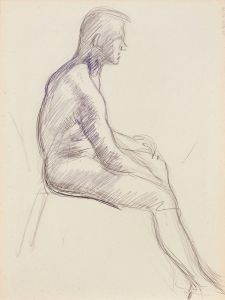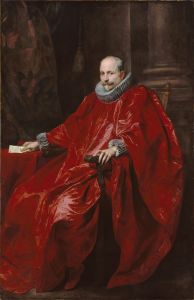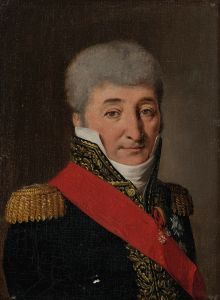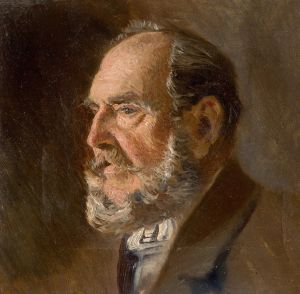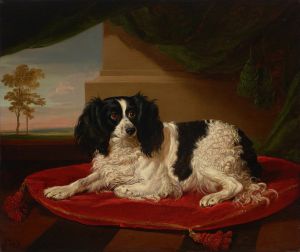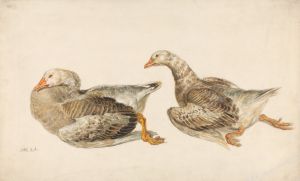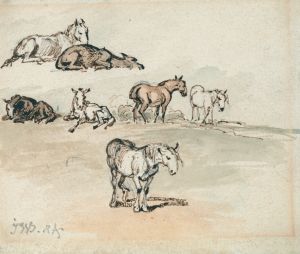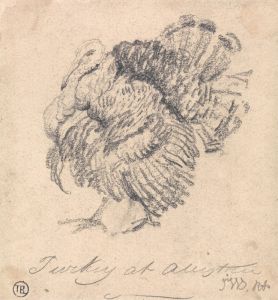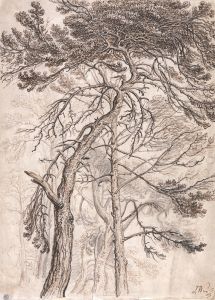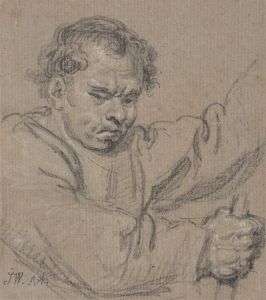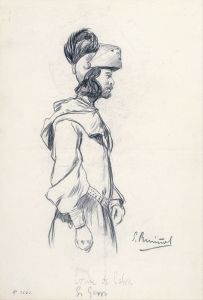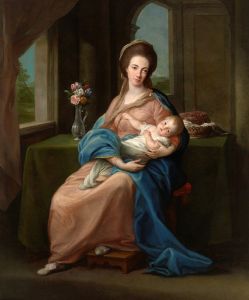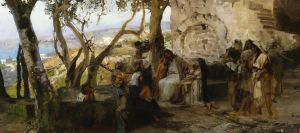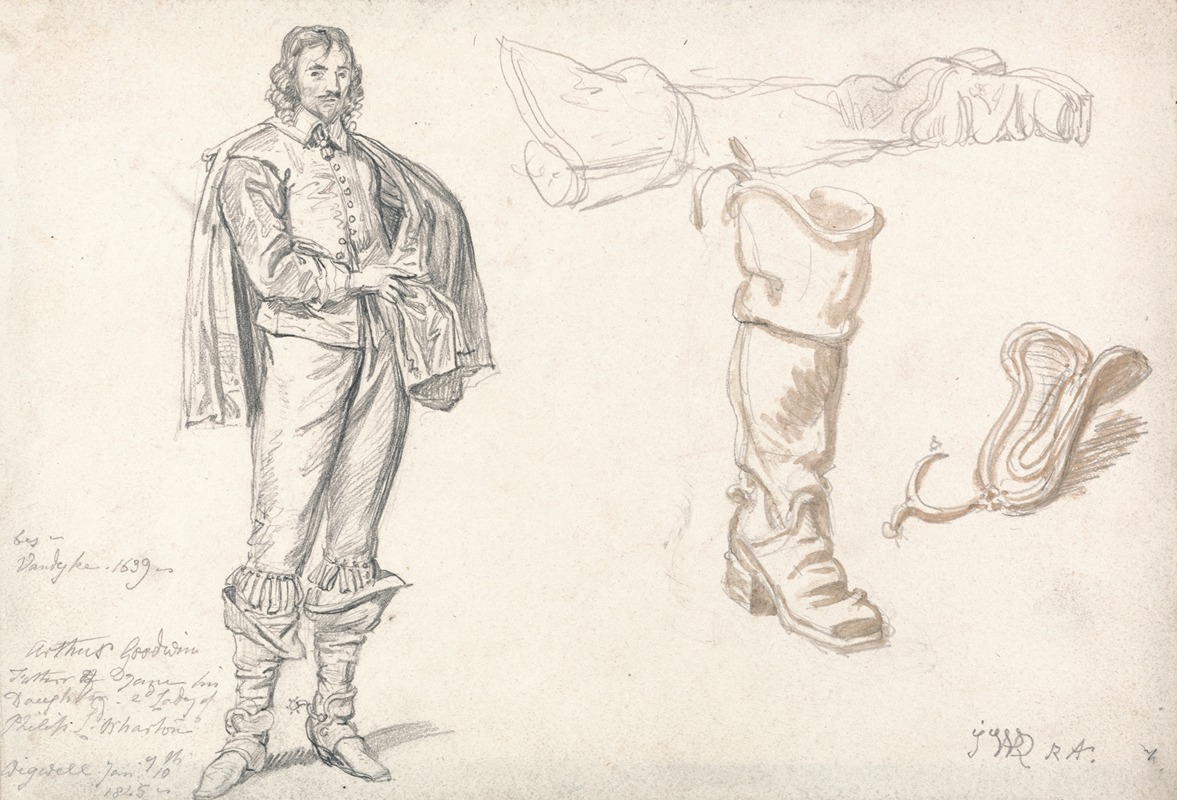
Studies after Anthony van Dyck’s Portrait of Arthur Goodwin
A hand-painted replica of James Ward’s masterpiece Studies after Anthony van Dyck’s Portrait of Arthur Goodwin, meticulously crafted by professional artists to capture the true essence of the original. Each piece is created with museum-quality canvas and rare mineral pigments, carefully painted by experienced artists with delicate brushstrokes and rich, layered colors to perfectly recreate the texture of the original artwork. Unlike machine-printed reproductions, this hand-painted version brings the painting to life, infused with the artist’s emotions and skill in every stroke. Whether for personal collection or home decoration, it instantly elevates the artistic atmosphere of any space.
"Studies after Anthony van Dyck’s Portrait of Arthur Goodwin" is a painting by the British artist James Ward (1769–1859). James Ward was a prominent painter and engraver of the Romantic period, known for his animal paintings, landscapes, and portraits. This particular work is a study based on a portrait originally painted by the Flemish Baroque artist Anthony van Dyck (1599–1641). Van Dyck was one of the most influential portrait painters of the 17th century, celebrated for his refined and elegant depictions of European aristocracy.
The original portrait by Van Dyck, "Portrait of Arthur Goodwin," depicts Arthur Goodwin, an English landowner and politician who lived during the early 17th century. Goodwin was a supporter of the Parliamentary cause during the English Civil War. Van Dyck’s portrait of Goodwin is noted for its sophisticated composition and the sitter's dignified yet approachable demeanor, hallmarks of Van Dyck’s style.
James Ward’s study of this portrait reflects his admiration for Van Dyck’s work and his interest in mastering the techniques of earlier masters. Ward often engaged in studies of works by other artists, a common practice among painters of his time, as a way to refine their skills and deepen their understanding of artistic traditions. In this study, Ward likely sought to capture the essence of Van Dyck’s portrayal of Arthur Goodwin while interpreting it through his own artistic lens.
The medium and dimensions of Ward’s study are not widely documented, but it is known that the work was created as part of his broader exploration of historical portraiture. Ward’s ability to emulate the techniques of Van Dyck demonstrates his technical proficiency and his respect for the artistic heritage of the Baroque period.
"Studies after Anthony van Dyck’s Portrait of Arthur Goodwin" is an example of how 19th-century artists like James Ward engaged with the works of earlier masters, bridging the artistic traditions of the past with the evolving styles of their own time. The painting serves as a testament to Ward’s versatility as an artist and his dedication to the study of art history.
Further details about the current location or ownership of this specific work are not readily available.





